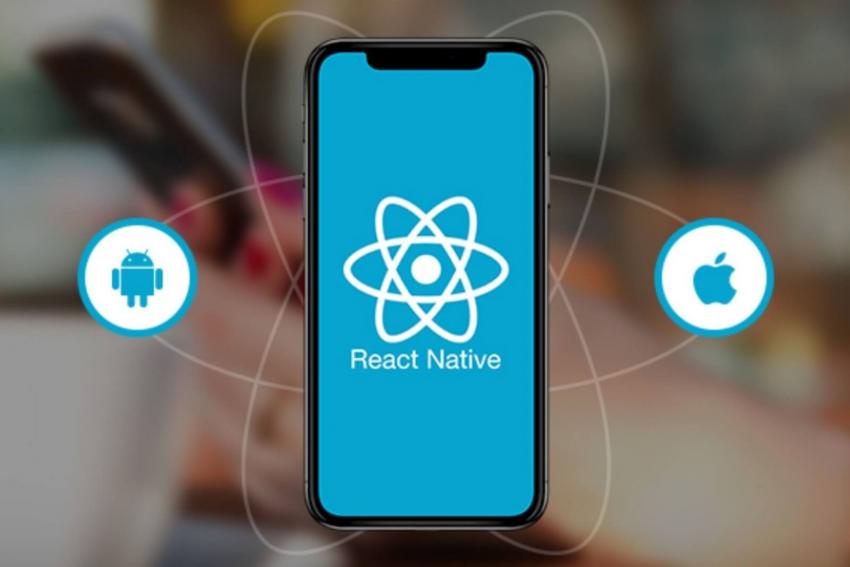Everything You Need To Know About The Structure Of A React Native App

Introduction:
In the realm of mobile app development, React Native has emerged as a formidable framework. Understanding its structure is vital for developers and businesses alike. This article delves into the core components, features, and benefits, shedding light on React Native app development company.
React Native App Development Company: A Closer Look
What is React Native?
React Native is an open-source framework developed by Facebook for building cross-platform mobile applications using JavaScript and React.
Exploring the Structure:
Components:
UI Components: Rendered using React Native's native APIs, ensuring a native look and feel.
API Components: Facilitate communication between JavaScript and native code.
Modules:
Core Modules: Essential functionalities provided by React Native, such as networking and device APIs.
Third-Party Modules: Additional functionalities integrated via npm packages.
Assets:
Images: Supported image formats include JPEG, PNG, GIF, and BMP.
Fonts: Custom fonts can be imported and utilized in the application.
Configuration Files:
Package.json: Manages dependencies and project metadata.
Babel Configuration: Transforms JSX into JavaScript.
Metro Configuration: Handles JavaScript bundling.
Entry Point:
Index.js: Starting point of the application, where components are imported and rendered.
Development Tools:
Expo:
A powerful toolchain built around React Native, offering a simplified development experience with features like hot reloading and over-the-air updates.
React Native CLI:
Enables developers to create and manage React Native projects using a command-line interface, providing greater control and flexibility.
Building Blocks of a React Native App:
Navigation:
Navigation libraries like React Navigation facilitate seamless navigation between screens, enhancing user experience.
State Management:
Redux and MobX are popular libraries used for managing application state, ensuring data consistency across components.
FAQs:
Q: What are the advantages of choosing a React Native app development company?
A: React Native offers cost-efficiency, faster development cycles, and the ability to target multiple platforms with a single codebase.
Q: How do I find the right React Native app development company for my project?
A: Research companies with a proven track record in React Native development, review their portfolios, and consider client testimonials for insights into their expertise.
Q: Can existing native code be integrated into a React Native app?
A: Yes, React Native supports native module integration, allowing seamless integration of existing native codebases into the application.
Q: What level of customization is possible with React Native?
A: React Native offers extensive customization options, allowing developers to tailor the user interface, functionality, and performance according to project requirements.
Q: How do React Native app development companies ensure app performance?
A: Experienced companies optimize app performance through efficient code practices, rigorous testing, and leveraging React Native's performance optimization features.
Q: What ongoing support do React Native app development companies provide post-launch?
A: Reputable companies offer maintenance and support services, including bug fixes, updates, and feature enhancements, ensuring the longevity and success of the application.
Conclusion:
Understanding the structure of a React Native app is crucial for developers and businesses embarking on mobile app development ventures. With its robust framework, extensive ecosystem, and vibrant community, React Native continues to redefine the landscape of cross-platform app development. Partnering with a reputable React Native app development company can unlock the full potential of this innovative framework, bringing your app ideas to life with efficiency and excellence.



